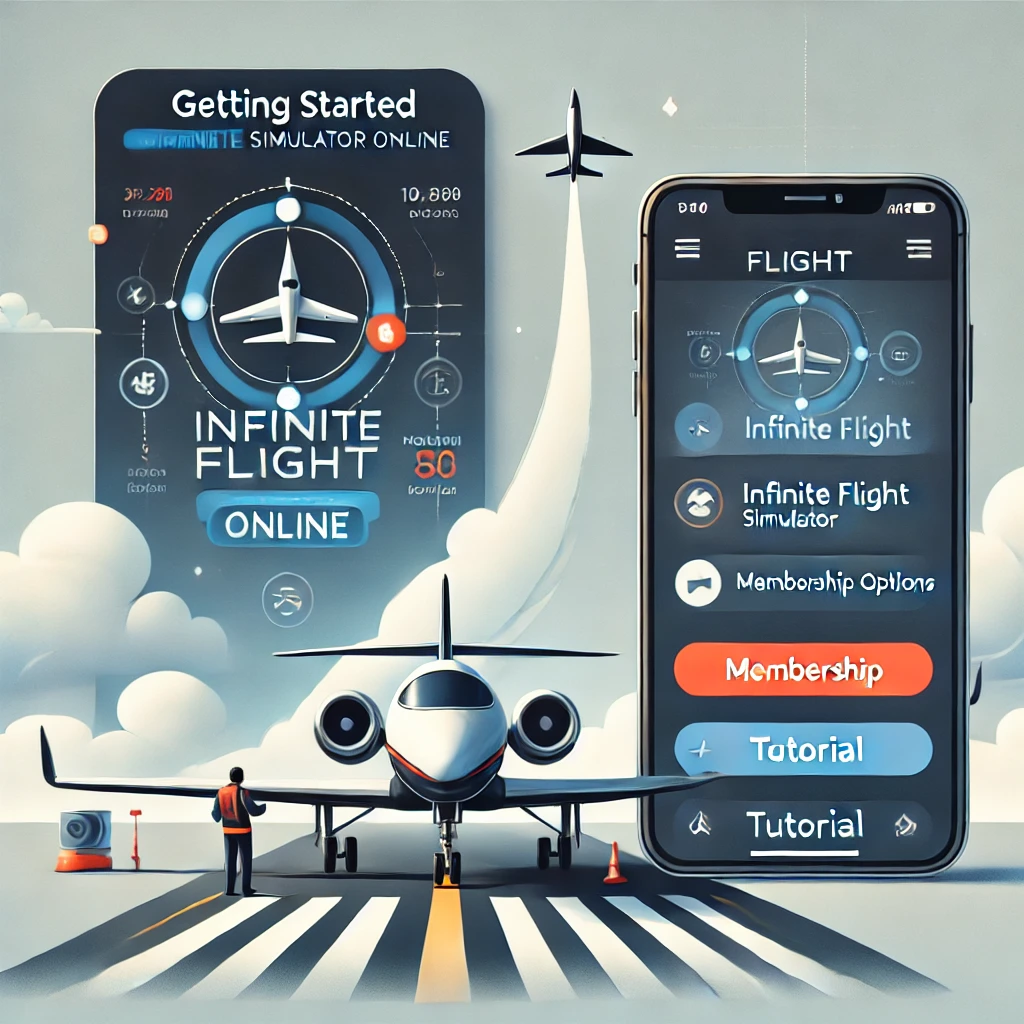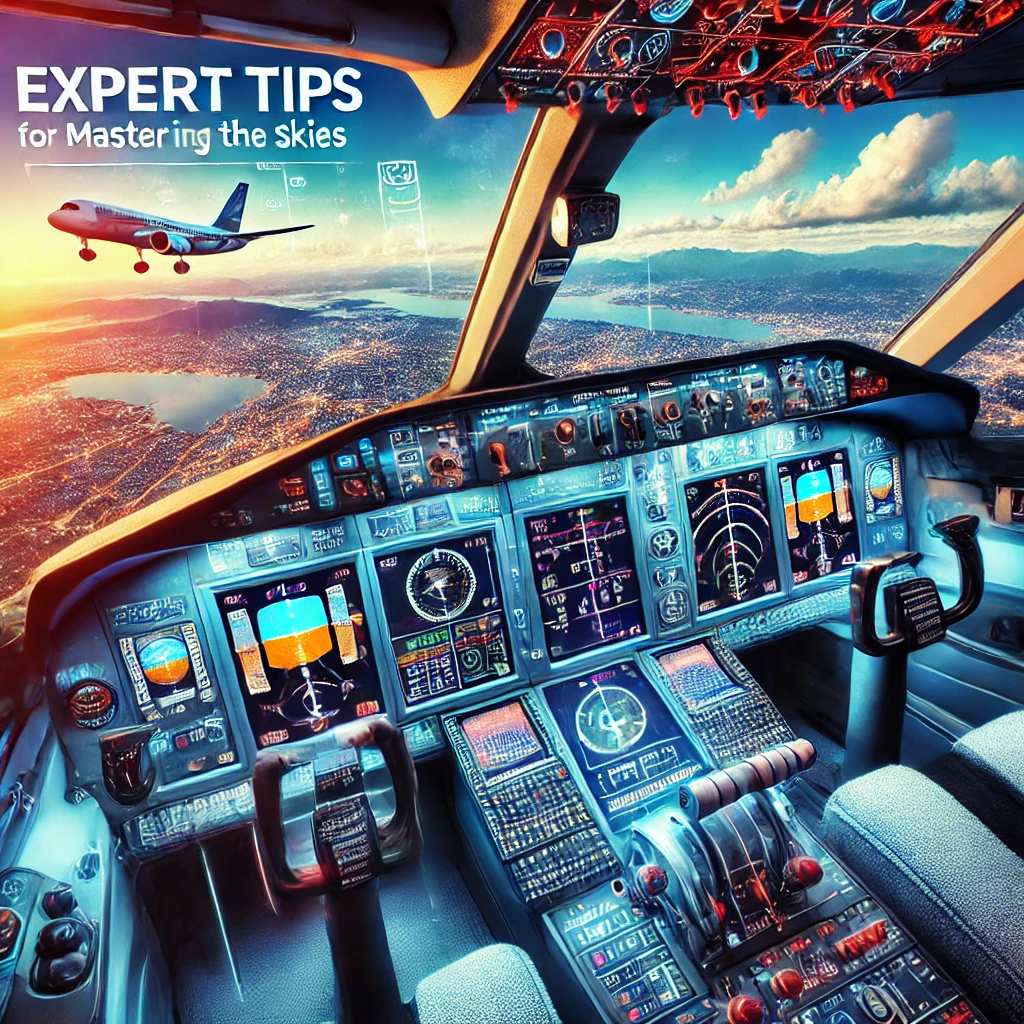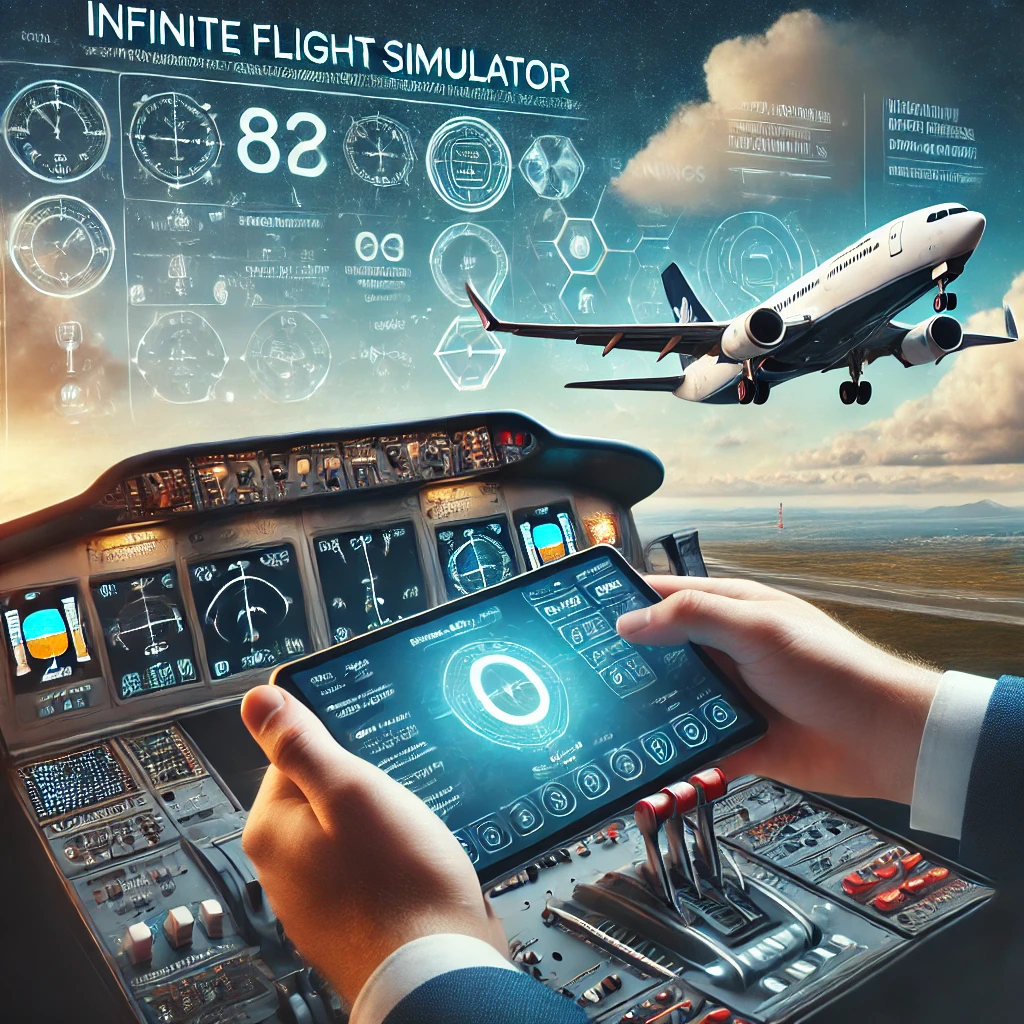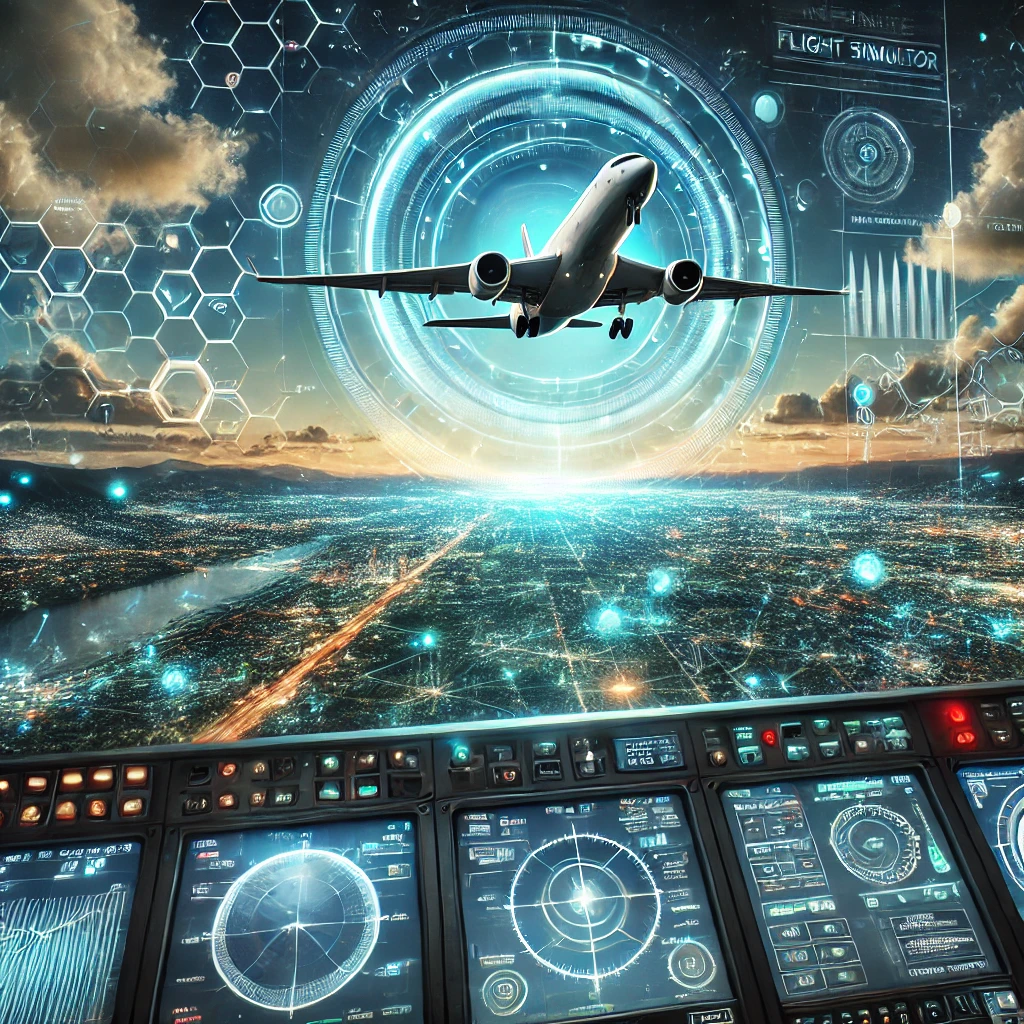Infinite Flight Simulator Online – Master the Skies Anywhere:

Infinite Flight Simulator transcends the boundaries of gaming, offering aviation enthusiasts a dynamic platform to explore the art of flying right from their devices. This simulator provides users with a wide array of realistic aircraft models, breathtaking global scenery, and a multi-faceted weather system. It’s like having pilot training at your fingertips.
The simulator has carved out a place of its own within the simulation community. Known for its accessibility and depth, Infinite Flight stands out by offering a seamless blend of casual enjoyment and serious aviation training potential. Its stunningly accurate physics engine is a key attraction for users who want that sweet spot between realism and playability.
What sets Infinite Flight apart from its competitors is the sheer level of detail it offers. From the intricate cockpit controls to the realistic environmental conditions, it creates an unparalleled virtual piloting experience. Unlike some other simulators that might focus primarily on graphics or gameplay alone, Infinite Flight ensures both aspects are equally well addressed.
End users will find it valuable to note how this simulator stacks up against others like Microsoft Flight Simulator and X-Plane. While the latter may offer more expansive mod communities or additional hardware compatibility, Infinite Flight excels in providing a comprehensive experience on mobile devices, making it accessible anytime, anywhere.
Getting Started with Infinite Flight Simulator Online:

Jumping into the world of Infinite Flight Simulator is easier than you might think. First up, getting it installed on your device is straightforward, but remember that the app is designed to work best on relatively new smartphones or tablets. Ensuring your device meets the app’s requirements will provide the best experience possible. Click here to check Infinite Flight’s official system requirements and ensure your device meets the app’s needs.
Once you’re all set with installation, you’ll need to create an account to start flying. Infinite Flight offers various membership options, including a free trial and different subscription tiers that unlock additional planes and features. Picking the right membership plan depends on how deep into the simulation experience you want to go.
At first glance, Infinite Flight’s interface can seem daunting, but don’t worry—it’s designed to guide you seamlessly from rookie to seasoned pilot. Practice makes perfect, so feel free to tinker around. There are plenty of tutorials available within the app to help get you acquainted with basic flight operations, like takeoff and landing.
For beginners, sticking to simple aircraft and shorter routes can be a wise starting point. Not only does it help build confidence, but it also grounds your understanding of fundamental flying techniques. As you grow more comfortable, you can gradually expand to more complex scenarios and aircraft models.
Expert Tips for Mastering the Skies:

Honing your skills in Infinite Flight Simulator can take your experience to another level entirely. After the basics, it’s crucial to dive deeper into advanced operations to get the most out of the simulator.
Utilizing navigation aids is a game changer. The simulator includes complex navigation systems like VORs and ILS approaches, which are essential in real-world aviation. Learning how to use these tools will make navigating your flight paths much more realistic and satisfying. To learn more about VORs and ILS systems, visit this aviation guide for detailed explanations.
Embrace the elements! Weather conditions in Infinite Flight are more than a backdrop—they’re a vital part of the experience, testing your skills in ways that mirror real-world aviation challenges. Understanding how to manage these can prove beneficial, such as adjusting altitude to avoid turbulence or recalculating flight plans for weather-related contingencies.
When it comes to planning flights, meticulous route planning is key. Leveraging resources like flight planning tools both within the app and online can streamline your journey, ensuring a smooth flight every time.
You don’t have to go it alone, either. Engaging with online communities can provide valuable insights and tricks from more experienced users. These shared experiences can offer great learning opportunities and can elevate your piloting skills from novice to ace.
The Importance of Community Engagement:
Being part of the Infinite Flight community enhances your simulator experience in unexpected ways. Forums and online groups are chock-full of passionate aviation enthusiasts sharing their insights. Engaging with these communities is not just about asking questions; it’s about tapping into a vast pool of shared knowledge and experience.
Community feedback plays a crucial role in shaping the future of Infinite Flight. Developers often incorporate suggestions from users, making updates feel more personal and relevant. Knowing that your input could potentially contribute to future enhancements is empowering.
Dive into online events to experience the thrill of collaborative flying. From fun short hops to challenging long-haul routes, these sessions are perfect for honing your skills while connecting with fellow enthusiasts.
Don’t overlook the networking opportunities these communities offer. Connecting with other aviation aficionados can lead to collaborations and friendships that extend beyond the simulator. Sharing experiences and learning from each other is what makes the Infinite Flight community truly vibrant.
Explore the Infinite Flight Community Forum to connect with fellow virtual pilots and gain valuable tips.
Evaluating the Educational Value of Infinite Flight Simulator:

Infinite Flight Simulator isn’t just entertainment—it’s a virtual classroom for aspiring pilots and aviation enthusiasts eager to elevate their skills. The simulator provides a hands-on learning environment, giving users a chance to pick up real-world skills like understanding aircraft systems and managing flight dynamics.
Users often find that the simulator’s realistic mechanics help in grasping the fundamentals of flying, from control manipulation to adherence with real-world procedures. This kind of exposure can be invaluable, especially for those planning to pursue pilot training. It’s a chance to practice techniques and log hours on a virtual cockpit, making those first real-life flight lessons much less intimidating.
The simulator also offers certified courses and training modules within its platform, helping users to deepen their knowledge. These courses can cover everything from basic navigation to advanced flight planning, offering a structured path for skill enhancement.
Hearing from other users who have leveraged Infinite Flight for educational purposes can be inspiring too. Many share stories of how the simulator helped them gain confidence before stepping into a real cockpit, or even how it assisted them in their journey through flight school.
The bottom line is that Infinite Flight offers more than just an engaging experience. It’s a stepping stone for those serious about learning aviation, allowing users to immerse themselves fully in the world of flight without physically leaving the ground.
To find out more about Infinite Flight’s training features, visit this official resource.
The Future of Flight Simulation with Infinite Flight:

Infinite Flight continues to evolve, delivering groundbreaking updates and features that keep users coming back for more. Every enhancement takes you one step closer to piloting perfection The development team is always looking ahead, exploring the latest technologies to enhance realism and immersion. Future updates are expected to include more detailed environments, complex flight systems, and potentially new aircraft models, making the simulator even more comprehensive.
Artificial Intelligence and machine learning are becoming pivotal in flight simulations, serving to create smarter, more dynamic scenarios. Infinite Flight could soon harness these technologies to offer even more realistic challenges, such as adapting to user behavior for tailored training experiences.
Read this article about AI in flight simulators to understand its growing role in virtual aviation.
The integration of virtual and augmented reality is on the horizon and presents intriguing possibilities. These technologies can revolutionize how users interact with the simulator, providing a more tactile and immersive flying experience. While not yet fully integrated, these advancements are expected to take flight soon, potentially redefining the boundaries of mobile simulation.
Infinite Flight’s commitment to innovation sets it apart in the competitive landscape of flight simulators. By staying at the forefront of technological advances, it not only enriches user experience but also broadens the educational potentials of its platform. While the sky is literally not the limit, Infinite Flight is certainly poised to reach newer heights in virtual aviation.

I have always wondered why cars in those races can take those curves without falling out the tracks. And that same principle explains how aircraft turn in the air. These forces that compensate each other are a wonderful example of the balance required to make the aircrafts work. And it’s commendable to be able to use their combined effect to our advantage.
Yes aircraft turning in the air can be tricky explanation.
Can I just say, I applaud your hard work and dedication. I literally come across your website everyday so that just shows how hard you are working. Keep it up. Thank you for this insightful information. I am learning more and more about planes just by reading your articles. I will be sure to share this article around
Thanks for the feedback.
It is amazing how complex it is to turn an airplane and all the science that’s behind it. After reading this…..my mind is still a little blown I have to say!
I always thought they just did a lean or sideways roll to turn, a bit like in your images above, but it seems that there is a hell of a lot more to it than that!
Thanks for the feedback.